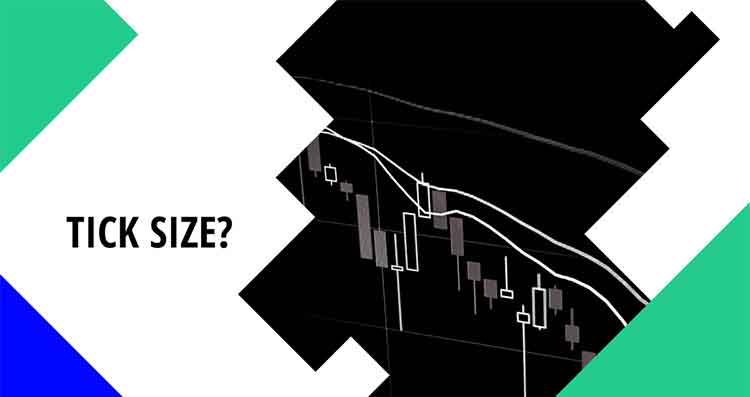What is Tick Size and How Much is it Worth?

![]()
The Tick size of a trading instrument is the smallest price increment change. It indicated in fractions but now typically expressed in decimals and cents. For most assets is $0.01, however fractions of a penny are possible. In currency and fixed-income markets, tick sizes sometimes referred to as “pips” and “bps.”
Explanation of Tick Size
The minimal price movement of a trading instrument in a market referred to as tick size. Varying trading instruments have different price movements indicating the smallest amount they may move up or down on an exchange.
The tick size increment measured in dollars or cents in U.S. markets. Assets typically trade in one-cent tick size increments. But currency tick sizes and rates measured in pips and basis points, respectively (bps).
What is a Tick Value in Forex?
It in contemporary trading usually measured in decimals. However, until the early 2000s, tick sizes on US asset exchanges measured in fractions of a dollar. The fraction was one-sixteenth for most equities, thus it equaled $0.0625.while certain assets offered 1/8 (for sparsely traded assets) and 1/32 tick sizes (for more active and liquid issues).
The early New York Asset Exchange (NYSE) measures on a centuries-old Spanish trading system that employ a base of eight, or the number of fingers on a person’s two hands.
How to Determine the Size of a Tick ?
Rule 612, often the Sub-Penny Rule, adopted by the Securities and Exchange Commission in 2005. Equities exceeding $1.00 must have a minimum of $0.01, whereas assets under $1.00 quoted in $0.0001 increments, according to Rule 612.
Decimalization was the name for this procedure. The Securities and Exchange Commission (SEC) currently compels all U.S. exchanges to utilize hundredths, which is why most equities now have a tick size of $0.01, or one penny, but it has lately experimented with bigger tick sizes for some less liquid securities.

Example to Understand
The tick size in futures markets usually particular to the instrument, with $1 minimum tick sizes known as “points.” The S&P 500 E-mini, for example, is one of the most widely traded futures contracts. It has a of 0.25, which costs $12.50.
That implies that if the current price of the March 2021 contract is $2,553, and someone wants to bid more for it, they would have to pay at least $2,565.50. Other index futures, on the other hand, can move as little as $10 and as much as $5.
For example, if you’re watching a asset’s price decline on a trading chart, you’ll see it happen in $.01 increments. If a asset moves up a tick, it doesn’t indicate you’re paying $.01 more than the prior price; it just refers to the tick size. To assess price and value changes, tick size is used with lot size or other metrics.
In summary, a tick is a unit of measurement that represents the smallest possible change in the value of a financial asset on the market.
The amount of a tick varies based on the item and the exchange on which it is exchanged. Historically, the tick value was a fraction based on eighths of a dollar, such as $0.0625 or $0.125, but the SEC now mandates that it be based on hundredths of a dollar ($.01).

Visit us : www.milliva.com





